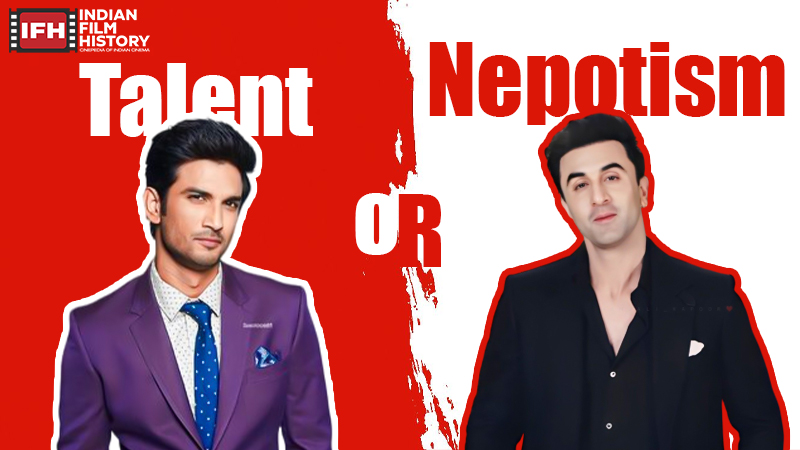A Film that Shook the Senses
The subject of a beautiful face and a noble soul always enchanted Raj Kapoor. In fact, his first film, Aag (1947), was based on the same subject. In this film, Raj Kapoor played a man with an ugly face but a heart of gold. But the film failed. However, Raj Kapoor‘s passion for the subject did not curb. He kept thinking and finally rewrote a script of a gorgeous lady having a golden voice, but her beauty is marred by an ugly scar on her face!

A Timeless Classic of Love and Music
Thus he made Satyam Shivam Sundaram (1978), regarded as Indian Cinema’s Most Daring film. Through this film, Raj Kapoor wanted to make sex attain respectability on the Indian cinema screen. Hence, Raj Kapoor went beyond the limit of portraying Zeenat Aman’s sexuality. He presented his gorgeous heroine, Zeenat Aman, in the most ‘revealing’ and ‘appealing’ style of an Adivasi in the half-clad saree,, with a major focus on her beautiful figure and her curvy long legs. In short, Raj Kapoor marvelously exposed every contour and curve of Zeenat Amanin his camera!!! Readers would be surprised to know;know thatier Raj Kapoor Raj Kapoor had initially offered this role to three top Bollywood actresses — Dimple Kapadia, Hema Malini, and Rekha — but all declined due to the film’s bold and sensual content. Eventually, the foreign-educated Zeenat Aman accepted the role and rose to fame through this acclaimed film, earning a Filmfare Best Actress nomination. Her bold wardrobe, considered taboo at the time, made her a trendsetter and inspired many actresses to challenge traditional norms.
Zeenat Aman’s Breakout Role
Besides dressing Zeenat Aman in bold sarees, Raj Kapoor took inspiration from the KamaSutra to create intense and sensual scenes never seen before in Indian cinema. These scenes sparked major controversy upon release, with right-wing groups condemning the film for obscenity and nudity. However, the Censor Board had no objections, as Raj Kapoor had edited the scenes with such grace that they appeared more like visual poetry than vulgarity.





Leave a Comment